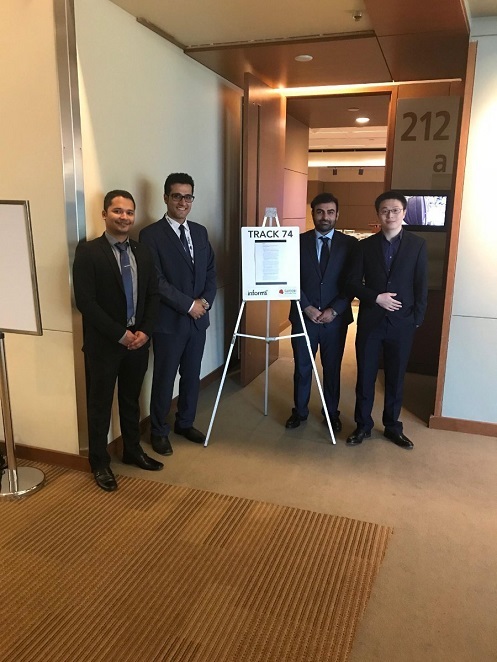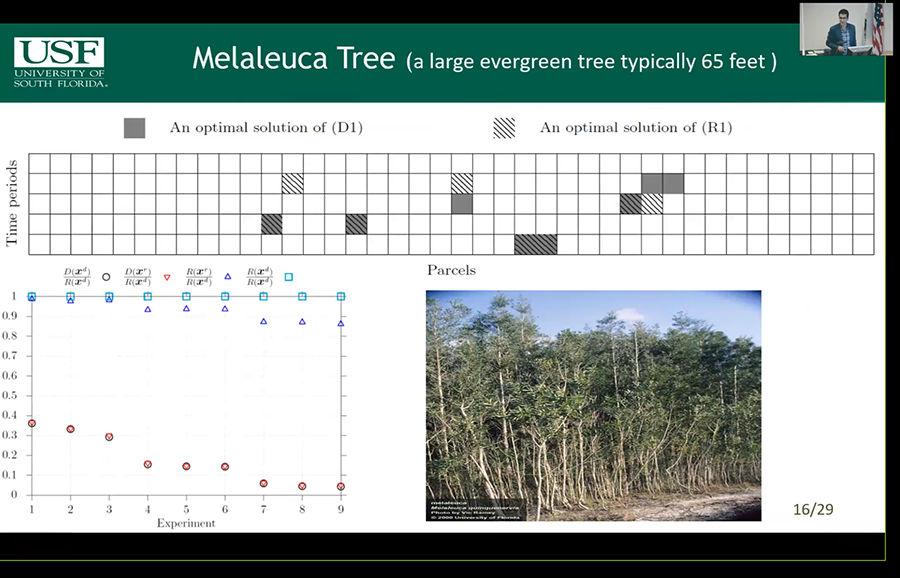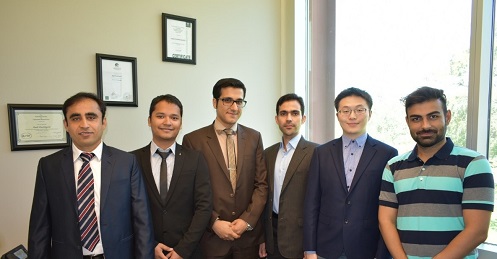College of Engineering News Room
Preserving Biodiversity Through Mathematical Optimization with NSF Award

by Russell Nay
No matter the industry or field, solving a problem with broad impacts requires the consideration of all parties involved — especially if their needs contradict each other.
In the case of USF industrial engineering professor Hadi Charkhgard, Ph.D., the field is conservation planning, and he received a Computer Research Initiation Initiative award from the National Science Foundation (NSF) in July to help the U.S. Geological Survey (USGS) preserve biodiversity around the country.
Strengthening a region’s biodiversity, which has a large impact on the stability of ecosystems around the world, is a multi-faceted challenge. Efforts to increase the population of one species may adversely affect another, and setting land aside for conservation could conflict with its desired social and economic uses.
While mathematical algorithms and equations are already being used to optimize how conservation groups and government agencies spend their budget to protect at-risk species of plants and animals, Charkhgard wants to improve upon existing methods with his research.
“Each species wants to survive, but the plan you’re going to create may benefit some of them more than other ones,” he said. “You can actually solve this problem faster and better if you apply the techniques we’re looking at in this project. Hopefully then we can solve much larger problems including many species and create a better plan for them.”
Specifically, Charkhgard wants to take advanced algorithms meant for solving optimization problems with multiple objectives and use them to solve land use problems where conservationists must decide how much land to preserve and where. This type of problem can be mathematically transformed into a single-objective optimization problem, for which using multi-objective optimization techniques to solve is a new approach.
At the same time, Charkhgard’s research isn’t limited to a single application like increasing the population of Florida’s critically endangered Florida panthers or reducing the number of Burmese pythons — an invasive species to Florida — in the Everglades. Because of the utility of these algorithms, they can be used to help USGS officials around the nation find some of the most desirable solutions for a variety of problems related to biodiversity as long as they can be classified as a single-objective optimization problem. These can range from addressing deforestation to protecting certain species from poachers or general over-consumption.
“The last few years, I was thinking whether or not it was possible to apply multi-objective optimization techniques to single-objective problems,” Charkhgard said. “Then when I was working with people from USGS, it turns out that some of the problems they were dealing with have such a property. That was exactly the type of problem that I was hoping to solve.”
The project builds on an almost three-year relationship between Charkhgard’s multi-objective optimization lab and USGS. He and his grad students have analyzed current approaches to conservation site selection and reducing invasive species populations for the agency and published research articles on how both could be improved with optimization.

The two-year NSF grant funding this project will allow Charkhgard to bring two new graduate students to his lab to help his Ph.D. students in carrying out the research. It’ll also help him add new content to an existing multi-objective optimization course that he teaches and could lead to an entirely new class in the future.
“Based on the results of this project and hopefully the (NSF CAREER) proposal that I have written, I can offer a completely new, graduate-level course for industrial engineering and perhaps all students in the College of Engineering,” he said. “That’s my long-term plan.”
In addition to conservation planning, Charkhgard said that former students have used the optimization techniques they learned in his class to publish research on developing solutions for a variety of industries, including energy and healthcare. His lab is currently conducting research on how multi-objective optimization techniques can be used to improve radiation therapy, and the lab has done research in the past on using these optimization techniques for electrical energy storage, preventing the spread of viruses and the logistics of shared autonomous vehicles.

This NSF Computer Research Initiation Initiative grant represents a milestone for Charkhgard as a researcher, as it’s his first external research grant, and he thinks it’s also part of the reason behind his recent invitation to join the editorial advisory board of research journal Computers & Operations Research. Before the NSF grant, Charkhgard received a new researcher grant from USF in 2018 and applied for the NSF Computer Research Initiation Initiative grant once before.
“Up until now, I was supporting my students using my startup fund and the new researcher grant I had,” Charkhgard said. “(This grant) came at exactly the right time because I was finishing my startup fund … and I have one of the largest groups of Ph.D. students (to support) in the industrial engineering department.”
This particular grant focuses on supporting early-career researchers in launching their careers who are in the first three years of their academic positions. It sets the stage for Charkhgard to pursue future research funding for his work in optimization techniques, including an NSF CAREER Award — one of NSF’s most prestigious research awards for early faculty — for which he’s already applied.
“This CRII proposal will help me to get some initial results for conducting what I have promised,” he said. “I’m very interested in single-objective optimization problems that can be solved more effectively with multi-objective optimization techniques, and this (CRII) proposal was a small component of the broader research category I’d like to work on in the next five to eight years.”